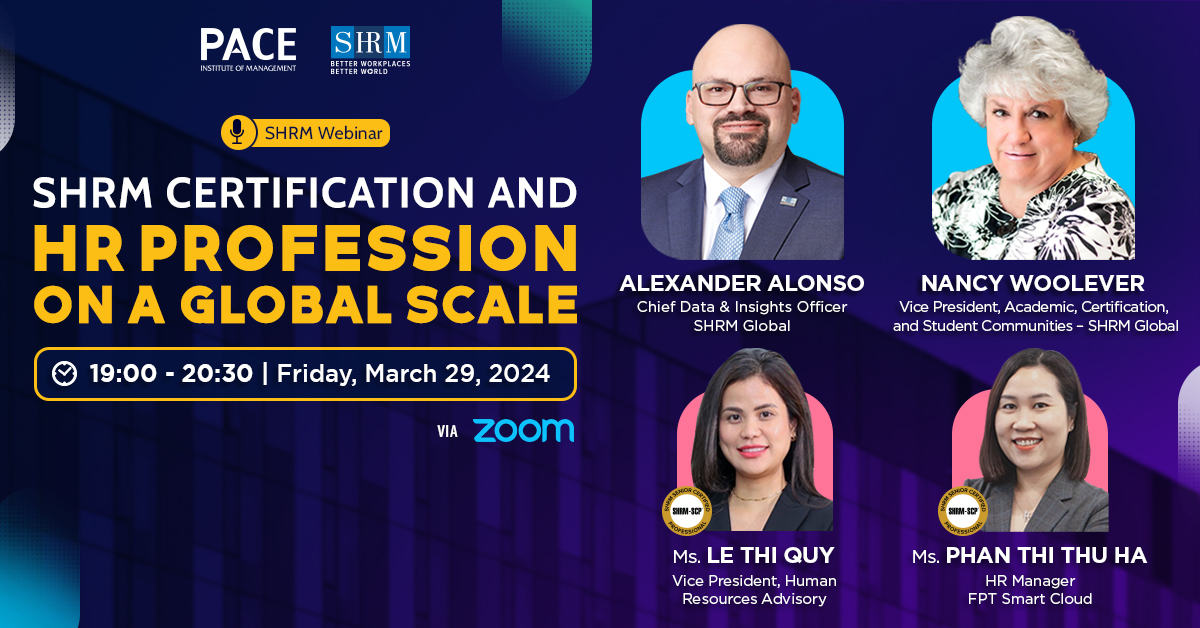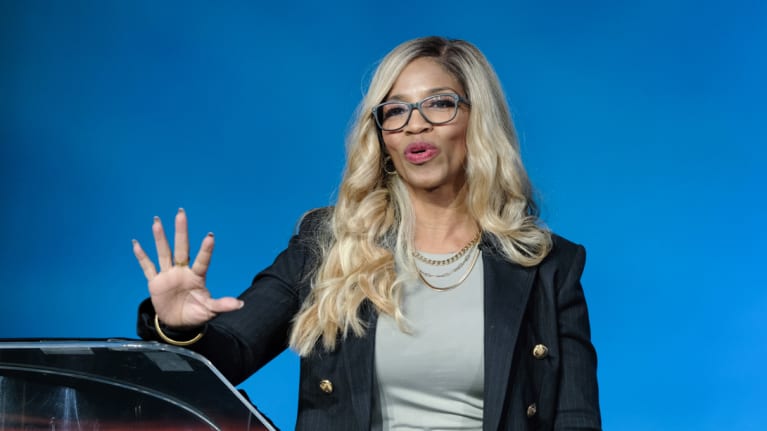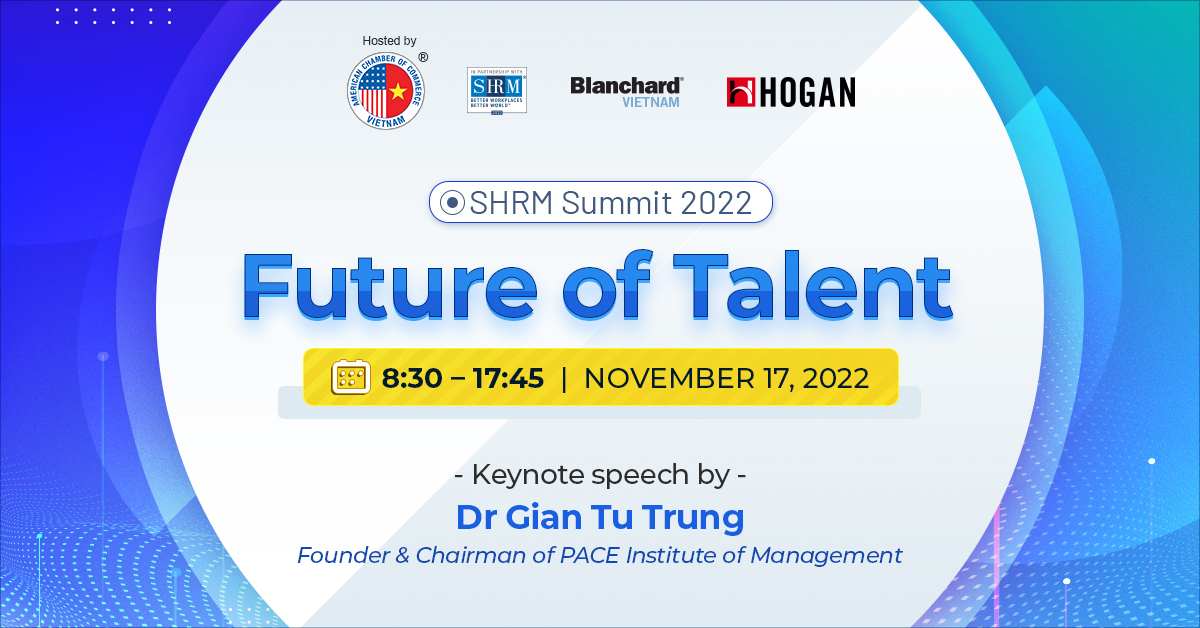WHY COMPANIES SHOULD STAY CONNECTED WITH EX-EMPLOYEES
“Colleagues for life.” That’s what Deloitte calls them. Other companies use terms like “boomerang employees,” “alumni” or “comeback colleagues.” Such language is a far cry from the days when former employees were referred to only in the past tense. But now a growing number of organizations are understanding the value of keeping the bond between employer and employee strong long after the two have parted. It’s a smart strategy for managing talent as company leaders grapple with the tightest job market in more than 15 years.
Indeed, ex-employees can be a treasure trove of brand ambassadors, potential clients, future business partners and top-notch rehires. Much like college administrators who enthusiastically welcome former students back to their campus community, HR leaders and managers are reaching out to individuals who left their jobs for any number of reasons, excluding, of course, for poor performance or policy violations. In doing so, many organizations are finding lasting benefits in these boosted ties.
Market Pressures
Alumni networks are not new to corporate America, of course. But there has been a renewed interest in growing them in recent years. The professional services industry—which includes legal, consulting and accounting firms—has long led the way in creating and nurturing networks of ex-employees, according to Conenza, a Seattle-based company that helps businesses build and manage their alumni networks.
Indeed, ex-employees can be a treasure trove of brand ambassadors, potential clients, future business partners and top-notch rehires. Much like college administrators who enthusiastically welcome former students back to their campus community, HR leaders and managers are reaching out to individuals who left their jobs for any number of reasons, excluding, of course, for poor performance or policy violations. In doing so, many organizations are finding lasting benefits in these boosted ties.
Market Pressures
Alumni networks are not new to corporate America, of course. But there has been a renewed interest in growing them in recent years. The professional services industry—which includes legal, consulting and accounting firms—has long led the way in creating and nurturing networks of ex-employees, according to Conenza, a Seattle-based company that helps businesses build and manage their alumni networks.

Conenza’s 2017 Alumni Program Benchmarking Report found that 22 percent of the more than 60 respondents to its survey have had alumni programs for at least 10 years. Large financial services companies such as Citigroup and JPMorgan are among the adopters, followed by technology companies like SAP and Dell. Nonprofits and mission-driven organizations, including the Bill & Melinda Gates Foundation and Junior Achievement Worldwide, also rely heavily on them, says Conenza CEO and founder Tony Audino, who worked at Microsoft 20 years ago and helped that company develop its alumni network.
One of the primary drivers behind the growth of these programs is the recognition that people switch jobs much more frequently than they did in the past. More than 20 percent of workers change roles every year, Audino says. Currently, about 10,000 Baby Boomers retire daily and Millennials move to different positions every 2.8 years, on average. “That kind of disruption in the workforce is only going to increase,” Audino predicts.
Labor shifts are also leaving some companies with a knowledge deficit as their most senior employees exit. “A lot of these alumni programs are an effort to close that gap” through rehiring, professional development and coaching opportunities, says Chris Hoyt, president ofCareerXroads, a talent acquisition consultancy in Hurst, Texas.
At the same time, technology is reshaping industries across the board, particularly when it comes to building—and binding—community. “There’s a lot of movement in our alumni program, or any alumni program for that matter,” says Jenn Pedde, global manager of alumni and community at global management company Oliver Wyman in New York.
Indeed, keeping track of ex-employees can be challenging, Pedde says. To keep pace withOliver Wyman’s 11,000 alumni, her team sends a monthly pop-up message via its online newsletter to remind them to update their contact information.
Leaving the Door Open
Gone is the stigma once associated with ex-employees. These days, employers are paying more attention to these individuals—including as possible rehires. A 2015 survey conducted by the Workforce Institute at Kronos Inc. and WorkplaceTrends.com found that 76 percent of more than 1,800 HR professionals reported being more open to hiring former employees than they were in the past.
In today’s labor landscape, finding the best person for the job is paramount and having a track record with the company can be a major asset. Undergirding the attraction to corporate alumni is basic economic reality.
“It’s a job candidate’s market for sure,” says Lisa Inserra, director of talent acquisition at global food services and facilities management company Sodexo. “Unemployment is low, and talent is highly competitive.”
Those conditions are forcing many employers to adjust their recruitment strategies by expanding their alumni outreach.
At Sodexo, nearly 9,000 management-level employees are in the company’s U.S. alumni network. The program’s strength lies not only in the company’s ability to maintain ties with former colleagues—who often refer other qualified candidates for jobs—but in convincing them to return. About 20 percent of the external hires Sodexo makes each year are former employees. “It is one of the largest candidate pools that we pull from with our external hiring,” Inserra says.
Deloitte launched its alumni program in 2000 and now has more than 200,000 people in its U.S. network—and an additional 100,000 in other countries. In the fiscal year that ended in May 2017, 2,800 boomerang employees returned to the organization, a 32 percent increase over the previous fiscal year, says Heidi Soltis- Berner, evolving workforce talent leader at the company and managing director of Deloitte University.
Alumni can also be a rich source of passive candidates. “For instance, if you want to recruit women for a senior role at your company, you start by understanding who in your [alumni] program might be interested in coming back,” Pedde says.
Another advantage of comeback colleagues is that they understand the company and its culture. And depending on how recently they worked for the business, they may even know many of their co-workers.
That knowledge can significantly reduce onboarding time. “They come back, and they ramp up much quicker than another external candidate,” Inserra says. In addition, many return with improved skills and broader expertise. “In our industry, there are really only a small handful of big competitors,” Inserra notes. “One of the benefits we get out of returning employees is competitor intelligence.” Boomerang employees also tend to stay longer than other hires, she says, for two reasons: They know exactly what they’re signing up for when they take the job, and they’ve seen for themselves that the grass isn’t always greener in other pastures (or companies).
Brand Ambassadors
Leaving a good impression on future ex-employees is another way that employers are leveraging alumni. That’s why progressive employers are smoothing the transition for departing employees by devoting more time and energy to the exit process.
Organizations want to know why someone is leaving, where they are going and how to stay in touch. Paying attention to the lasting impression your business makes is part of what differentiates high-performing companies from average ones, Pedde says. “If you were leaving the firm, how would you want someone to treat you—maybe give you a gift, invite you to upcoming events, say thank you?”
Aside from being nice things to do, such gestures address the reality that departing staff have the potential to be both an organization’s biggest cheerleader and its harshest critic.
Brand advocacy—speaking well of the company’s culture, products and services to businesses and prospective employees—is enhanced by having a robust alumni network, according to Conenza’s benchmarking report. Online recruiting site Glassdoor, which has millions of company reviews on its website, estimates that between one-third and one-half of them come from former employees, who tend to write more-negative evaluations than people who still work for an organization. Companies with formal alumni programs tend to receive more-favorable reviews, according to Audino.
That’s no surprise to Ali Spain, executive director of the Microsoft Alumni Network. “We know from experience that employees who feel appreciated as they exit are more likely to be fans of the brand, use the company’s products and services and recommend them to others, and perhaps return someday,” Spain says.
Financial services giant Citi regards each of its 18,000 former employees as potential brand ambassadors and informal advisors. “There is this silent majority, called alumni, who have great views they can share that would impact culture, that would impact the brand, that would impact employee engagement and talent strategy,” says Andrea Legnani, director of alumni relations at Citigroup in New York City.
By staying in touch, “we build long-term relationships that could lead to new business opportunities or recruiting referrals,” Legnani says. Having access to the network also benefits alumni, who may want to do business with and seek advice from other former employees, Spain says.
Source: SHRM.org
|
Training Program
INTERNATIONAL HUMAN RESOURCE MANAGEMENT/IHRM
Internationalize the human resource management capabilities of HR professionals in Vietnam
Opening Date: Stember 13, 2018 in HCMC
Opening Date: Stember 20, 2018 in Hanoi
|










